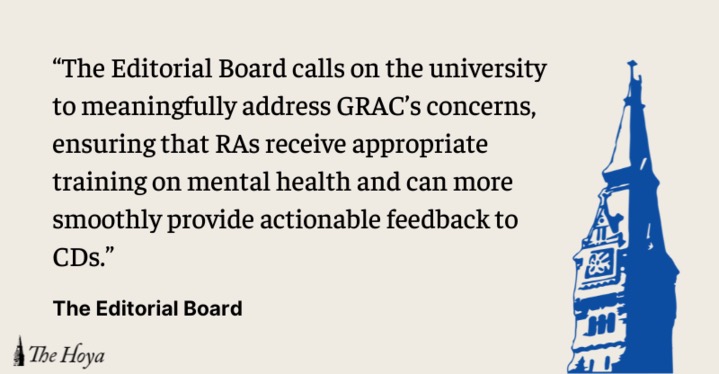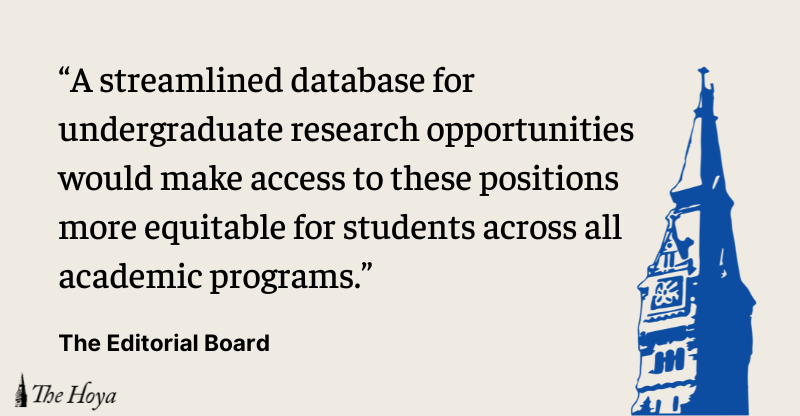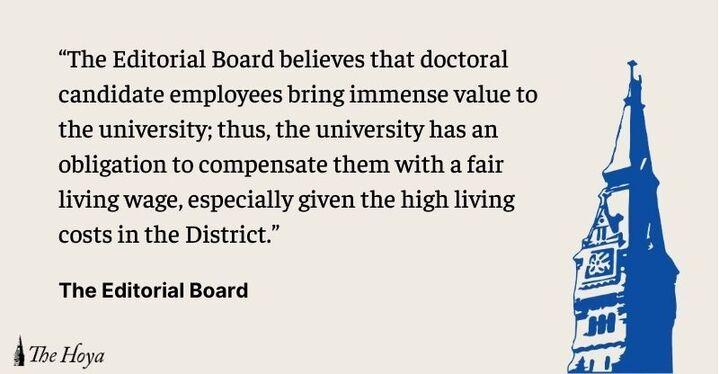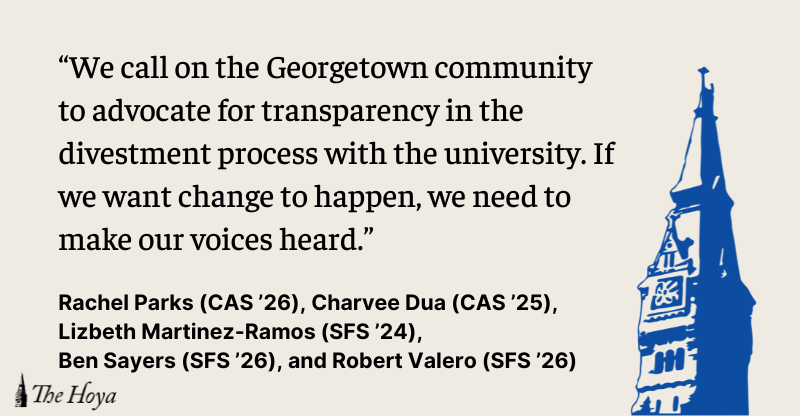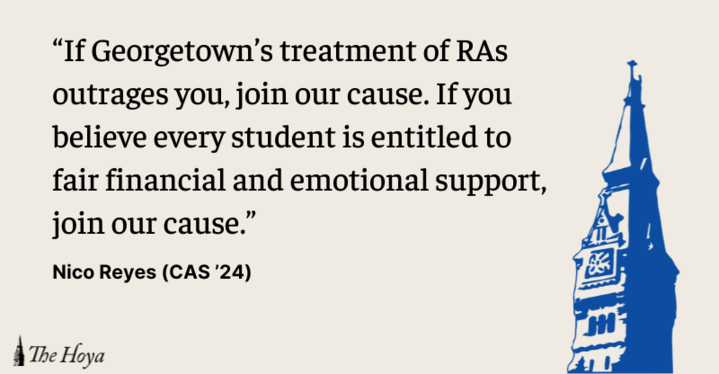Georgetown students woke up to a front-page article in Sunday’s New York Times delving into the history behind the 1838 Georgetown sale of 272 slaves. In many ways, the article was a necessary jolt for the school, as the efforts of the Working Group on Slavery, Memory and Reconciliation and other cultural groups on campus have mostly taken a backseat since immediate consequences of the racial justice protests on campus this fall. Although President DeGioia’s announcement in February 5, 2016 for a new slate of race-based initiatives on campus — most notably, the establishment of a department of African-American studies — was an important step toward making Georgetown a more inclusive community, more must be done to deal with Georgetown’s specific history. With the national attention that the Times’ coverage offers, Georgetown has an opportunity to showcase what a progressive approach to historic institutional injustices looks like.
The Times article discussed the work of the Georgetown Memory Project, an outside group funded and aided by alumni and friends of the university, which aims to research the genealogy of the slaves sold in 1838 and memorialize their experience on campus. Established by Richard Cellini (COL ’84, LAW ’88), the GMP is a terrific example of alumni and outsiders getting involved to catalyze the genealogical and historical work of those on campus. Beyond these efforts, we urge the working group to keep the university focused on the victims of the Maryland Jesuits’ plantations and those slaves descendants sold in 1838.
The educational work the group has done since changing the names of buildings on campus — releasing historical pamphlets, publishing digital records of Georgetown’s relationship with slavery through the Georgetown Slavery Archive and holding a wide array of events this week in honor of D.C.’s Emancipation Day — have been effective steps toward widening public knowledge of the events of 1838.
But if activists and the Group’s work seek to make a lasting mark on this school and the Georgetown community — to come to terms with the institution’s past sins — commemorative efforts alone will not suffice. As the working group continues to consider presenting suggestions for memorializing these 272 lives on campus — not least, by giving Freedom Hall a permanent name connected to those 272 — we must consider approaches to make their memory present in the lives of future Hoyas.
With this article published on the front page of the Times, a national spotlight has been cast on Georgetown’s history with slavery, and with it comes a renewed impetus to consider how we can best address that history. In the article, Dr. Adam Rothman, a member of the working group and a historian at Georgetown, raises the central issue: “It’s hard to know what could possibly reconcile a history like this. …What can you do to make amends?” This editorial board urges the university to make a public apology for the association of the school with slavery — an option the working group is considering — for the 1838 sale in particular, and to commit to honoring the many descendants of that barbaric slave sale.
We recommend the school consider other monuments on campus dedicated to the memory of the 272 slaves and to all who were enslaved by the Maryland Jesuits for centuries. We encourage the school to use the national spotlight on Georgetown to host educational programs and initiatives related to the institutional religious involvement in the institution of slavery, including permanently endowing courses and research positions related to Jesuit-operated plantations, as well as archival research on the early history of the university. We urge Georgetown to take their moment in national spotlight to be a leader and humbly work to mend our past grievances.




